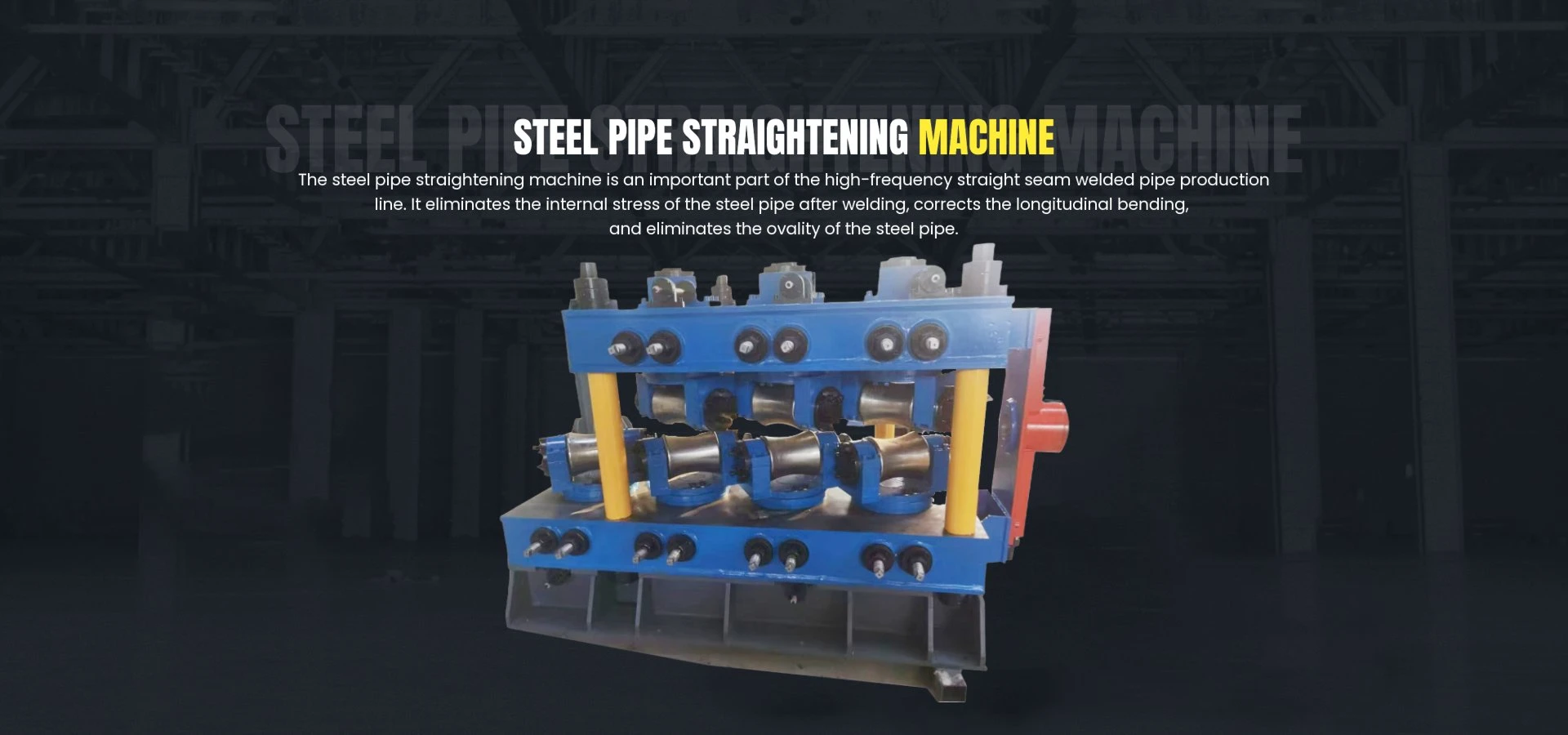two roll mill machine
The Two-Roll Mill Machine An Essential Tool in Material Processing
The manufacturing and processing industries constantly seek innovative solutions to improve efficiency and product quality, and one of the indispensable tools in this quest is the two-roll mill machine. This equipment plays a crucial role in the development and mixing of rubber, plastics, and other materials, enabling manufacturers to achieve precise material characteristics and superior performance.
Understanding the Two-Roll Mill Machine
A two-roll mill machine consists of two horizontally positioned rollers that rotate in opposite directions. These rollers create a shear force that effectively mixes and homogenizes materials placed between them. The gap between the rollers can be adjusted, allowing for control over the thickness and viscosity of the processed material. The versatility of a two-roll mill machine makes it suitable for a wide range of applications, including the rubber and plastic industries, research and development, and quality control.
Applications in the Rubber Industry
In the rubber industry, two-roll mills are primarily used for rubber compounding. The process begins with the introduction of raw rubber into the mill, where it is mixed with other ingredients such as carbon black, oils, and additives. As the rollers turn, the materials are kneaded and blended, achieving a uniform composition essential for producing high-quality rubber products. This consistent blending ensures that the final rubber has the desired physical properties, such as elasticity, strength, and durability.
Furthermore, the two-roll mill can be employed in the production of different types of rubber compounds, including natural rubber, synthetic rubber, and specialty elastomers. This process makes it easier for manufacturers to tailor rubber formulations for specific applications, such as automotive tires, industrial seals, and consumer products.
Advancements in Technology
two roll mill machine

Recent advancements in two-roll mill technology have enhanced its efficiency and capability. For instance, modern machines are often equipped with temperature control systems that allow operators to maintain optimal processing conditions. This is critical for preventing thermal degradation of sensitive materials, ensuring that the desired characteristics are achieved without compromising quality.
Additionally, many new two-roll mills come with automated features and digital control systems, providing manufacturers with greater precision and consistency in their mixing processes. Such innovations reduce material waste and enhance productivity, making the two-roll mill an even more valuable asset in manufacturing environments.
Importance in Research and Development
Two-roll mills are not only pivotal in large-scale manufacturing but also play a significant role in research and development. In laboratories, scientists and engineers use these machines to experiment with new material formulations and production techniques. The ability to quickly test and refine rubber and plastic compounds allows for faster innovation and the development of new products that meet changing market demands.
Moreover, the controlled mixing process enables researchers to study the properties of materials at different stages, contributing to a deeper understanding of material science and engineering.
Conclusion
In summary, the two-roll mill machine is an essential tool in the rubber and plastics industries, offering unparalleled versatility and efficiency in material processing. Its capability to create uniform blends of various compounds positions it as a critical component in the production of high-quality products. As technology continues to evolve, the two-roll mill will undoubtedly remain at the forefront of material processing innovation, driving advancements in manufacturing practices and facilitating new developments in material science. For manufacturers, investing in a reliable two-roll mill is not just an operational decision; it's a strategic move towards enhancing product quality and operational efficiency.
-
High Frequency Straight Seam Welded Pipe Production Line-BzZhou Xinghua Machinery Equipment Manufacturing Co., LTD.|Precision Welding, High EfficiencyNewsJul.30,2025
-
High Frequency Straight Seam Welded Pipe Production Line|BzZhou Xinghua|Precision Welding&EfficiencyNewsJul.30,2025
-
High Frequency Straight Seam Welded Pipe Production Line - BzZhou Xinghua|Precision Engineering&EfficiencyNewsJul.30,2025
-
High-Frequency Straight Seam Welded Pipe Production Line-BzZhou Xinghua Machinery Equipment Manufacturing Co., LTD.NewsJul.30,2025
-
High-Frequency Straight Seam Welded Pipe Production Line-BzZhou Xinghua Machinery Equipment Manufacturing Co., LTD.|Precision Manufacturing, High EfficiencyNewsJul.30,2025
-
High Frequency Straight Seam Welded Pipe Production Line-BzZhou Xinghua Machinery Equipment Manufacturing Co., LTD.|Precision Steel Pipe Manufacturing&Industrial EfficiencyNewsJul.29,2025


